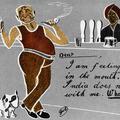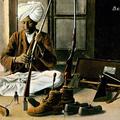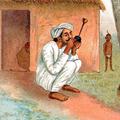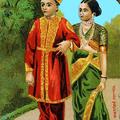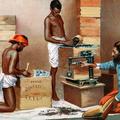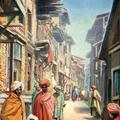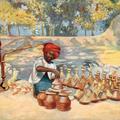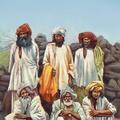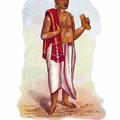Down in the Mouth
A faux pre-written postcard which gives some sense of the life at least as experienced by British soldiers in cantonments, even while holding ale in one hand and a pipe in the other: "Dear _____, I am feeling "down in the mouth." India does not agree

